London has, for a long time, been ahead of the curve when it comes to how rules and regulations for transportation are made in the UK. It was the first city region to receive significant powers over transport and a number of rule changes have followed.
The latest such move is the Direct Vision Standard (DVS), which came into force in Greater London from March 2021.
Table of Contents
- What is the Direct Vision Standard (DVS)?
- The DVS star rating system
- The Direct Vision Standard Safe System
- What are the penalties for not being DVS compliant?
- DVS Compliant Vehicle Cameras & Systems
- FAQs about DVS
What is the Direct Vision Standard (DVS)?
The Direct Vision Standard (DVS) measures how well HGV drivers can see through their cab windows to calculate risk level to vulnerable road users.
Applying to all heavy goods vehicles over 12 tonnes, the new regulation introduces a star rating system based on what is directly visible to the driver from the cab, without the use of additional mirrors or cameras.
Vehicles that don’t have good direct vision (at least a ‘one star’ rating) face fines of £550 per day. By 2024, the requirements are set to rise to three stars, but what constitutes three stars hasn’t yet been agreed and will be subject to a public consultation. The scheme is set to be enforced through number plate recognition.
DVS and HGV safety permits are part of the Mayor of London’s Vision Zero plan to eliminate all deaths and serious injuries on London’s transport network by 2041. The scheme was created to improve the safety of all road users, including pedestrians, cyclists and motorcyclists.
When will the Direct Vision Standard be enforced?
Originally planned for October 2020, enforcement has been introduced from 1st March 2021. The extension date was granted to give the freight industry more time to meet the new standards as they face new challenges and demands from the Coronavirus pandemic.
City Hall’s crackdown comes in response to some shocking statistics on the dangers cyclists face from HGVs, particularly in London. While just 1.5% of injuries to cyclists occur from collisions with HGVs, such collisions account for 16% of deaths. Clearly, there is an issue here that can and should be addressed.
The DVS star rating system
HGVs will be measured through a DVS star rating system, ranging from 0 – 5 stars (poor direct vision to excellent direct vision). You can legally operate in London with a DVS star rating of between 1 and 5.
If you have a rating of 0, or haven’t applied for a permit yet, you’ll need to take the necessary steps to ensure that your vehicle is fully compliant with DVS to avoid being fined.
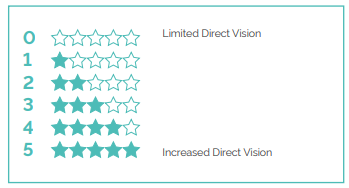
Please note that the minimum star rating was increased to 3 stars in 2024, so having future plans in place is crucial.
The Direct Vision Standard Safe System
The Safe System is a series of vehicle safety measures (fitted after point of manufacture) which are designed to reduce the risks that HGVs present to people walking and cycling.
The added safety measures will give drivers greater visibility which in turn, will help improve road safety within London.
An overview of Safe System requirements for zero star rated vehicles:
- Class V mirror must be fitted to the nearside of the vehicle.
- Class V1 mirror must be fitted to the front of the vehicle.
- Side under-run protection must be fitted to both sides of the vehicle (except where this is impractical or proves to be impossible).
- External, pictorial stickers and markings must be displayed on vehicles to warn vulnerable road users of the hazards around the vehicle.
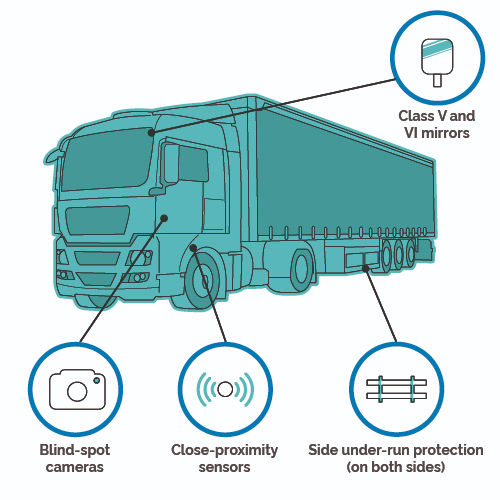
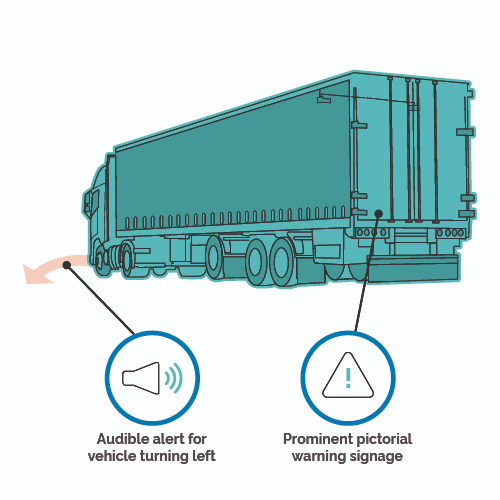
- A sensor system that alerts the driver to the presence of a vulnerable road user must be fitted to the nearside of the vehicle.
- Audible vehicle manoeuvring warning must be fitted to warn vulnerable road users when a vehicle is turning left.
- A fully operational camera monitoring system must be fitted to the nearside of the vehicle.
What are the penalties for not being DVS compliant?
If you drive a HGV within Greater London without a valid permit, you may receive a penalty charge notice (PCN) of up to £550 (reduced to £275 if paid within 14 days).
It is important to ensure that your vehicles are DVS compliant to avoid being fined and to help contribute to the safety of road users in busy cities.
What do I do if my vehicle isn’t DVS compliant?
Don’t worry if your vehicle isn’t automatically DVS compliant. Even if your entire fleet is currently at 0 on the star rating scale, Trakm8 can help.
As with much of modern driving, technology plays a crucial role. There are myriad solutions already available that afford operators DVS compliance, each with unique benefits and limitations. Primarily, it is important to work with a trusted manufacturer, ensuring you get a safety system installed that meets the requirements of the standard first time.
For maximum ease-of-use for operators, we would recommend utilising a system that encompasses all necessary elements – for example, cameras and sensors – in one package. Seeking offerings from separate manufacturers can create administrative and technical headaches later down the line.
DVS Compliant Vehicle Cameras & Systems
Trakm8 has a number of fully interoperable products that will help reduce the risks for drivers, cyclists and pedestrians which meet the Direct Vision Standard.
We can help your business become fully DVS compliant through our extensive vehicle safety systems, full view cameras, video recording and external alert functions.
For example, our Blind Spot Detection System provides drivers with visual and audible proximity alerts, stopping accidents in their tracks.
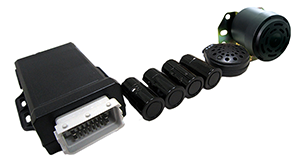
Visual and Audio alerts with our Blind Spot Detection System
Our Blind Spot Detection System provides drivers with visual and audible proximity alerts through external speakers, alerting other road users when the vehicle is turning left and stopping accidents in their tracks.
Our RoadHawk CAM series cameras are water, dustproof and are available with IR night vision, sun reflection hoods, plus external speakers alerting other road users when the vehicle is reversing.
Unparalleled technology with our Roadhawk side camera
Our RoadHawk CAM series cameras are water and dustproof and are available with IR night vision, sun reflection hoods and external speakers.
These systems are brought together with the RoadHawk Digital Video Recorder and TFT monitor, allowing the driver unparalleled vision.
These systems are brought together with a RoadHawk Digital Video Recorder and TFT monitor, allowing the driver unparalleled vision.
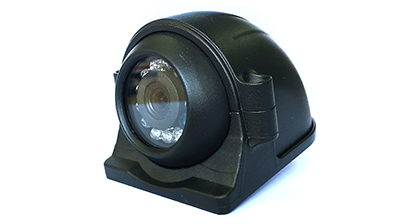
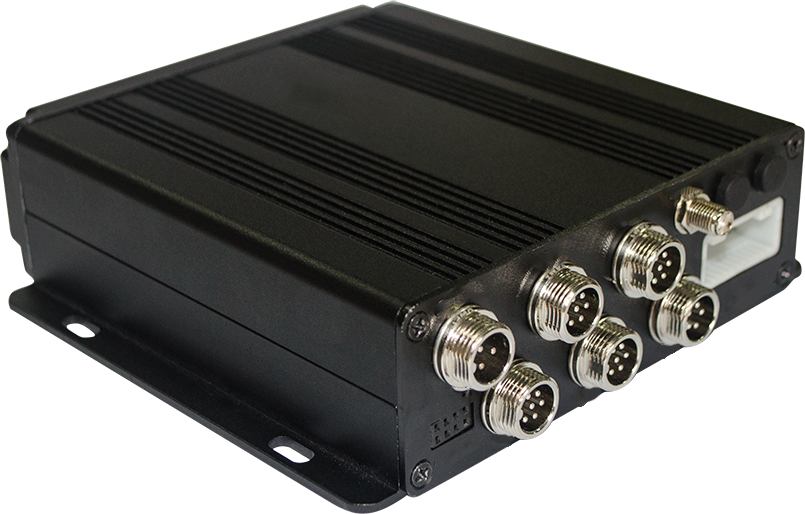
360 view with the RoadHawk Digital Recorder
When combined with our blind spot cameras and in-cab monitors, this digital vehicle recorder allows for a 360 view of the vehicle for the driver.
Real time footage with the RoadHawk in-cab TFT Monitor
Multiple camera systems and monitors are available to aid the driver’s vision of cyclists and pedestrians, without obstructing their windscreen view. This gives the driver visual and audible proximity alerts for any object.
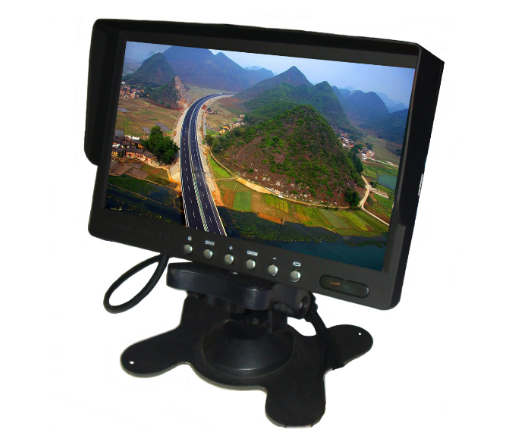
By selecting Trakm8, you can not only ensure interoperability and upgradeability, you can easily add the latest in telematics solutions, increasing driver safety, saving costs on fuel and making fleet maintenance even easier.
By going with a trusted solutions provider in order to make sure fleets are Direct Vision Standard compliant, you can reduce your admin and help prevent avoidable accidents on the road.
Read more about our DVS solutions here
“With the help of Trakm8, we are set to exceed the requirements of London’s Direct Vision Standard when it comes into force on March 1st. The innovative technology used in Trakm8’s cameras, ease of install and distinguished customer service means we are more than happy to recommend Trakm8 to any business looking to ensure its compliance.” Ian Hadley, Transport Manager, Chris Bowen Transport
Read the full case study here
FAQs about DVS
How do I apply for a Direct Vision Standard (DVS) permit?
To apply for a DVS permit, you’ll need to access the Transport for London website and enter your details. You can apply for a DVS and HGV Safety Permit online easily and this process is free of charge.
If you want to apply for multiple DVS permits for a fleet of vehicles (5 or more), you can do so online, but you will need to provide additional information in a CSV file.
How do I find out what my DVS star rating is?
To find out what your DVS star rating is, you’ll need to go online and visit the Transport for London site and enter your registration plate number.
Is there a difference between FORS silver accreditation and DVS permit?
Put simply, DVS is government mandated and FORS is a recognition initiative which aims to build trust.
Operators and vehicles who already hold a FORS Silver accreditation will already be covering most of the vehicle safety requirements. Despite this, you will still need to hold a DVS permit in order to operate within Greater London.


